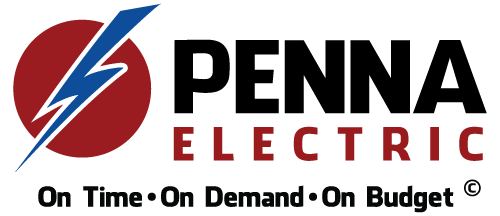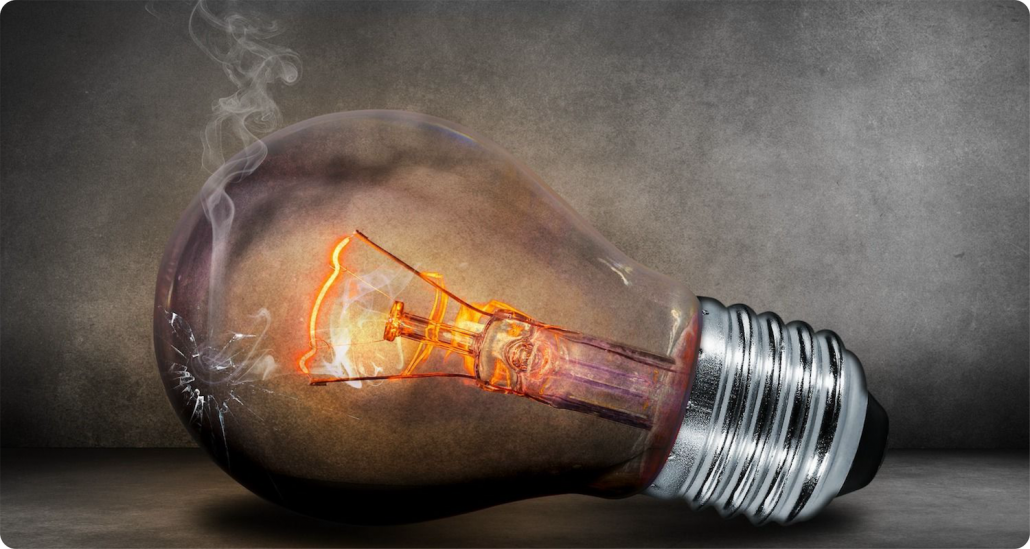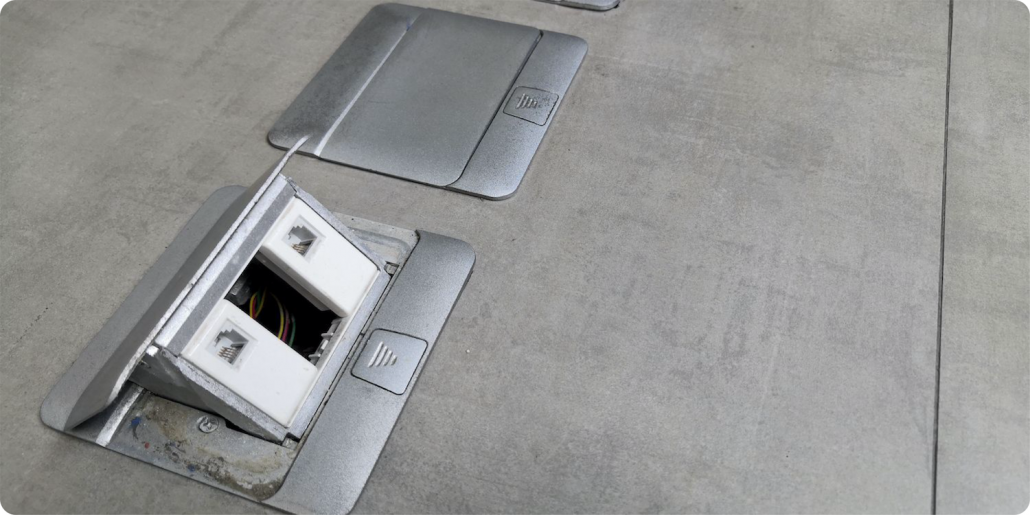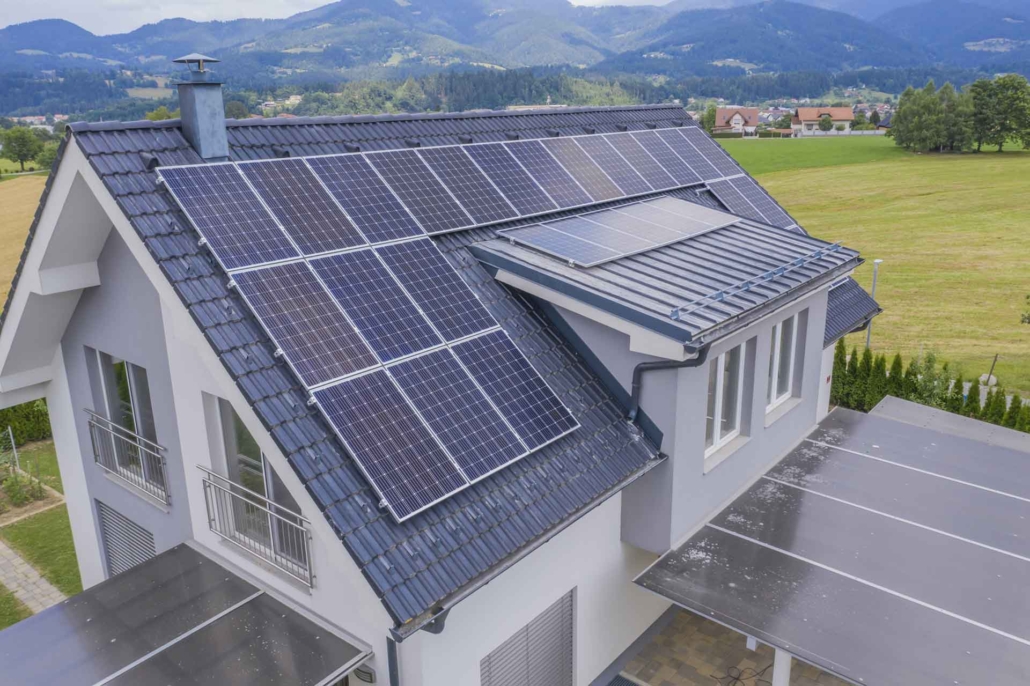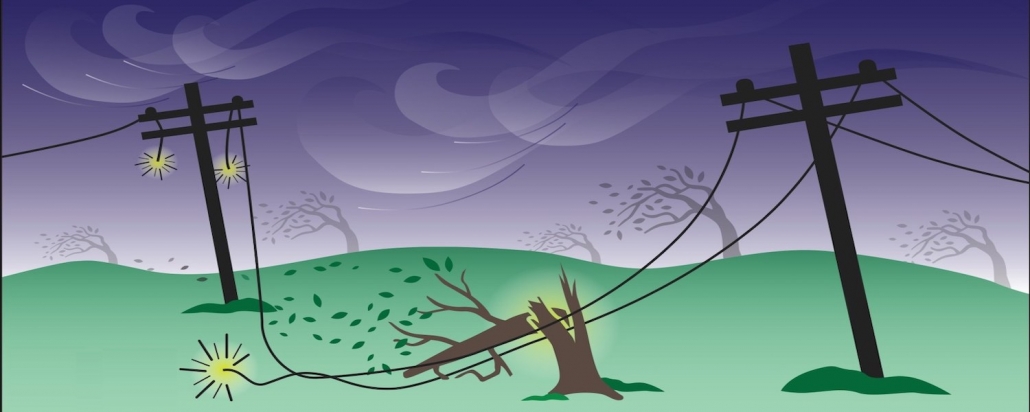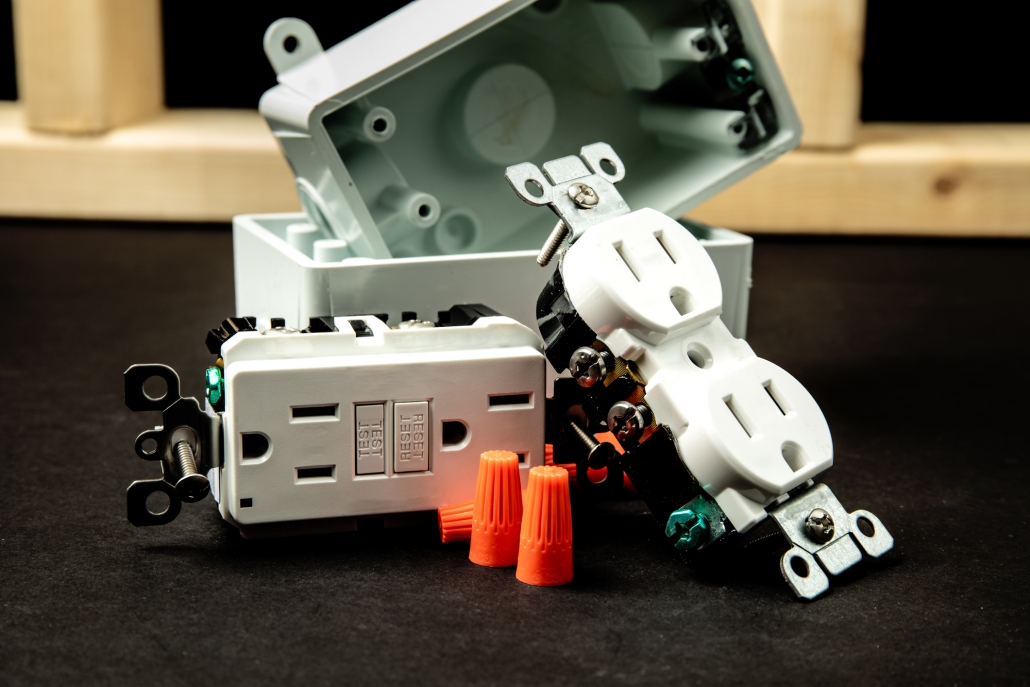October 26, 2020 | Cristina Dinulescu
Extension cords are a convenient, simple way to bring power to electrical devices, but at the same time, these must be used with caution. They can easily overheat and when used improperly, they represent fire hazards. With around 3,300 home fires originating in extension cords each year, causing the death of 50 people and injuring more than 270, they should be regarded as a temporary solution and treated with care. There are several extension cord safety rules you can follow to protect your home and prevent tragedies.
As said, extension cords are only a temporary solution. If you require a better electric system or perhaps you need more outlets, then you might need an electrical panel upgrade or a sub-panel addition. If you are using extension cords, then follow these safety guidelines to keep your house or workspace safe.
1. Buy The Proper Extension Cords
If you decide to use extension cords, it is important to opt for the suitable product. So, here are some factors to consider:
- only purchase those cords that have been approved by an independent testing laboratory;
- extension cords that will be used in outdoor projects need to be marked accordingly, for outdoor use;
- choose polarized or three-prong plug cords;
- thick, round, low-gauge extension cords are suitable for large appliances, whereas this or flat cords are best for smaller appliances and electronics.
Also, make sure that you read the instructions regarding the cord’s correct usage and amount of power it draws.
2. Use The Right Size
Using the right cords in terms of size is essential for extension cord safety. They vary both in amperage limits and length. So, before you go shopping, make sure you know what your needs are. Look for extension cords that are fitted (rated) to handle the wattage of the appliance you will use the cord with. The cord’s gauge is the one indicating its size. So, the smaller the number, the larger the wire and most importantly, the more electrical current it can safely handle.
Also, you need to take into account the length of the extension cord. Short cords can handle more current than larger ones of the same gauge.
To make it simpler for you, have a look over this table, containing cord lengths and their amperage.
| Length / Gauge | 20 to 50 feet | Up to 100 feet | 150 feet |
| 10-gauge | 16-20 Amps | 16-20 Amps | 11-15 Amps |
| 12-gauge | 16-20 Amps | 14-15 Amps | 8-10 Amps |
| 14-gauge | 14-15 Amps | 11-13 Amps | 1-7 Amps |
| 16-gauge | 1-13 Amps | 1-10 Amps | – |
3. Check For Damage
It is very important to check the state of your extension cord. It needs to be in good condition in order for it not to pose any danger. So, whenever you’re ready to use an extension cord, carefully check the entire length of the cord to make sure that there aren’t any punctures or cracks in the insulation.
If you do notice any, don’t attempt to fix them yourself by patching them up with electrical tape. Damaged extension cords should not be used, as they represent a hazard risk. The best thing to do in this situation is to replace them.
If this is the case, the extension cord disposal needs to be done carefully, by looking for an e-waste facility that can recycle its materials.
4. Follow Extension Cord Safety Rules For Usage
Following specific safety rules is not only important, but essential when it comes to protecting your home and office. So, here are the guidelines you need to be aware of:
- Do not remove an extension cord’s grounding pin to make it fit into a two-prong outlet;
- Do not use a single cord to power up multiple appliances;
- Do not use indoor extension cords for outdoor projects;
- Do not multiple cords together;
- Avoid running extension cords under the furniture or rugs;
- Do not tape extension cords to floors or other surfaces with staples or nails;
- Do not bend or coil cords when they’re in use;
- Use child proof covers to cover unused cord receptacles;
- Stop using extension cords if they feel hot to the touch.
5. Maintain Cords Properly
When you are not using the extension cords, these need to be maintained adequately. Here are a few rules you need to consider:
- extension cords need to be stored indoors;
- always unplug the cords, when they are not in use;
- dispose of damaged cords;
- when disconnecting it from the outlet, pull the plug, not the cord.
6. Avoid Common Extension Cord Safety Mistakes
There are several common safety mistakes people tend to make when using extension cords. It’s wise to know what they are in order to avoid making them as well.
- Extension cords plugged together
You might require a long extension cord. However, the solution is not to string smaller ones together, but rather to select the correct length from the beginning. “Daisy-chaining” extension cords could lead to overheating, exposing your home to a significant fire risk.
- Exceeding the rating of the cord
This is a common error particularly in offices allowing space heaters, but also in the case of larger appliances. Extension cords have wattage limits and these need to be respected. Otherwise, you might be exposing yourself to a significant fire hazard. Cheaper extension cords use internal wiring, size 16 gauge, which is rated only for 10 amps. A typical 1500 watt space heater, for example, draws 12.5 amps, clearly overloading the extension cord. So, to keep things safe, plug power-hungry appliances directly into the wall receptacle and avoid using an extension cord altogether.
- Tripping over extension cords
Often, extension cords are made into tripping hazards. People trip over longer extension cords, if these are not stored properly. That is why you need to get the cord out of the way of foot traffic. However, you don’t want to do that by using metal staples or nails.
- Using extension cords to connect wires in the attic or above suspended ceilings
Extension cords can’t be used just anywhere. For instance, ceiling-mounted electrical equipment, like projectors in training and meeting rooms, should not be installed with a cord. These are just accidents waiting to happen. For the installation to be done correctly in these locations, there must be a receptacle mounted flush with the ceiling, and the unit’s power cord should be visible at all times. There are specific requirements for using extension cords outside as well. The maximum period you’re allowed to use one outdoors is 6 months, and that usually applies to Christmas lights.
The right electrical upgrade can dramatically improve the value and appearance of any home or business. You’ll be amazed at what a difference the right electrical upgrade can make for your home or business. Make sure that when you select an electrical company to do the enhancement of your home and you have decided to take your enhancement to the level where you require an electrical upgrade that the technician at the company has a good working knowledge and the experience to properly guide you in this area.
When you decide to upgrade, our well-trained and certified electricians have all the experience and training needed to complete your electrical panel upgrade project from start to finish, with a minimum of fuss or disturbance. Please contact us right away at 310-800-2401
